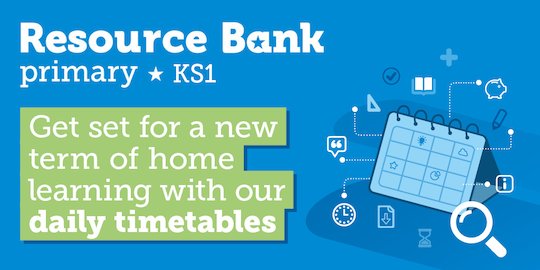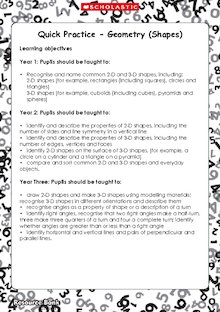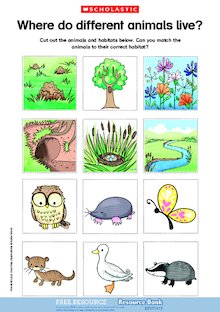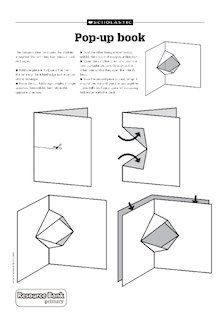Key Stage 1 daily timetables – Week 2
- Supports home learning
Add to My Folder
We have created these KS1 daily home-learning timetables to help your children aged 5-7 (Years 1-2) stay engaged and entertained from 9am–3.15pm!

Each timetable includes an hour’s learning on the core subjects of English and Maths, with sessions for other curriculum coverage and time for reading, breaks, snacks and daily exercise. Of course, some younger KS1 children will require more parental support but the activities are designed for self-led learning as much as possible.
Remember not all days will go to plan and your child might not always be able to sit and work quietly for the allocated time. If needed, allow your child/children to pick and choose which activities they would like to do, or encourage them to focus on just one piece of learning per day.
h3. Timetables:
1. Monday
2. Tuesday
3. Wednesday
4. Thursday
5. Friday
Monday
| Time: | Subject: | Notes: | ||||||||||
|---|---|---|---|---|---|---|---|---|---|---|---|---|
| 9.00-9.30 | PE |
Outcome/purpose: Continuous exercise for 30 minutes. Instructions: Practice throwing and catching with a soft ball, small cushion or soft toy. Set yourself challenges such as: Clap your hands a number of times before you catch Use one hand to catch – place the other hand behind your back Spin around whilst the ball/cushion or soft toy is in the air and then catch it Juggle more than one ball/cushion/soft toy Optional parent support: Play catch with your child and try the challenges when throwing to each other. | | 9.30-10.30 |
Maths |
Outcome/purpose: To recognise 2D and 3D shapes. Instructions: Download the ‘Quick Practice – Geometry pack’ here. Go to pages 3-4 (for Year 1 pupils) or page 5 (for Year 2 pupils). Complete the activities on the pages. Optional parent support: Check your child’s answers for errors and help them with any corrections. For Year 2: Play the game on page 6 with your child. Note that vertices are corners. | | 10.30-11.00 |
Break |
Pop out for your daily walk or exercise! Remember to have a healthy snack such as a piece of fruit and don’t forget to wash your hands before you eat. | | 11.00-11.30 |
Reading |
Outcome/purpose: To read for 30 minutes. Instructions: Snuggle up with a book! Choose one of your favourite books and read for half an hour. Optional parent support: Ask your child to read aloud to you and ask them questions about the story. Such as: Can you think of a different title for the book? What do you think is going to happen next? | | 11.30-12.30 |
Science |
Outcome/purpose: To learn animals’ habitats. Instructions: An animal’s habitat is the place where they live. For example, a frog’s habitat is a pond and a monkey’s habitat is the rainforest. Download the worksheet ‘Where do different animals live?’ and match the animals to their correct habitats. Next, download and read the ‘"Who lives here?’ poem":https://resource-bank.scholastic.co.uk/resources/4258. Fold a piece of plain A4 paper in half, and then fold it in half again to create four sections. Ask a parent or carer to help with this. Draw the different animals’ homes from the poem in the four sections on the paper. Then draw the animal or insect in their home with a speech bubble, saying, ‘This is my home!’. The four sections should show: A spider in a web; a fish in a pond; a beetle under a stone; a person in a house. Optional parent support: Ensure your child understands what the word ‘habitat’ means. Check that they have matched the animals to the correct habitats on the ‘Where do different animals live?’ worksheet. Read the ‘Who lives here?’ poem to your child if they have difficulty reading it independently. Help them to divide the plain paper into four sections. | | 12.30-1.30 |
Lunch | If you have a garden or balcony, try to get some fresh air after lunch. Don’t forget to wash your hands before you eat! Remember to wash your hands! |
| 1.30-2.30 | English |
Outcome/purpose: To practise writing sentences. Instructions: Download ‘Quick Practice – Sentence types pack’. Complete the activities on pages 4-5 (Year 1) or pages 6-7 (Year 2). If you have time, cut out the words on this worksheet and rearrange them to make different sentences. Think about where the capital letter should be for each sentence. Optional parent support: Check your child’s answers. Note that children should always be supervised when using scissors. | | 2.30-3.15 |
Art |
To create a pop-up book.
*Instructions:*
You will need: two identical card rectangles; scissors; glue.
Follow the instructions on the "worksheet":https://resource-bank.scholastic.co.uk/resources/4086 to make your own pop-up book!
*Optional parent support*:
Work through the instructions with your child if they struggle to follow them independently.
Note that children should always be supervised when using scissors. |
Already a member? Sign in below.
Published 24 April 2020
Reviews
You need to be signed in to place a review.



